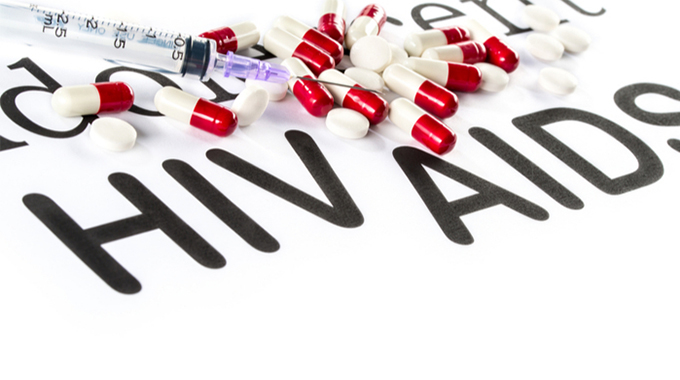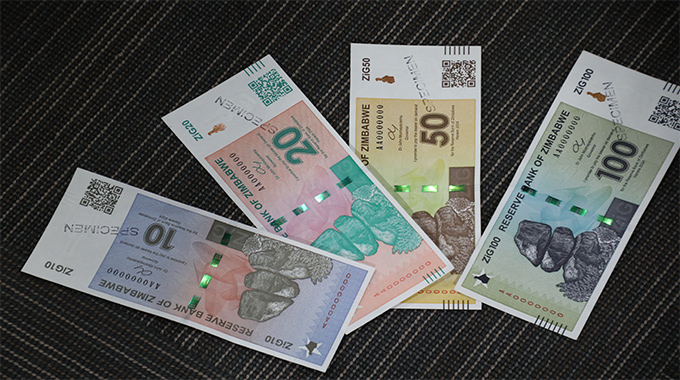Engaging men in HIV fight is a step in the right direction

Andile Tshuma, Chronicle Reporter
THE National Aids Council (Nac) recently unveiled a male engagement strategy for HIV to help address the unique challenges faced by men.
The country has made tremendous progress in the fight against HIV and Aids which has seen a decline in new infections.
The target is to end Aids as a public health threat by 2030.

HIV and Aids
On Friday, Nac met stakeholders involved in the fight against HIV and Aids from Matabeleland North Province to present the male engagement strategy for HIV.
The HIV/Aids response in Africa has always had a gender focus; targeted efforts have reduced the impact of the epidemic on women and children. The response has been far less successful for the treatment of men: there is less ART coverage of men than women in Africa, and men typically have higher mortality. Men also tend to present at clinics with advanced disease and are more likely to be lost to follow-up.
Yet, efforts to understand men’s health seeking behaviour are poorly understood in the HIV/Aids epidemic, and encouraging men to get tested and treated is a major challenge, but one that is poorly recognised.
We review the emerging evidence and we call for a balanced approach to gender programming in an effort to involve both men and women in treatment and prevention. The effective engagement of men and boys in the fight against HIV and Aids is key in ending the epidemic as a public health threat by 2030.
Men and boys are less likely to test for HIV, to initiate antiretroviral therapy and to remain engaged in care. Many of them are therefore dying of Aids-related illnesses and many other diseases at disproportionately higher rates than their female counterparts.

HIV testing
Statistics from Avert.org reveal that about 20 percent of married women have experienced sexual violence from their partners in the past 12 months.
The HIV research organisation revealed that 14 percent of adult women reported experiencing sexual violence at least once in their lifetime while eight percent reported experiencing it in the last 12 months. This prevents many women from negotiating for safer sex such as the use of condoms, thereby exposing them to high risk of contracting HIV.
Involving men becomes key strategy as they will understand their role in not only protecting women but protecting themselves too and significantly reducing new infections in communities.
Zimbabwe however, fares better than its counterparts in the region when it comes to reproductive health as it has the lowest reported unmet need for family planning among married women in sub-Saharan Africa, at 15,2 percent. The challenge however, is that a small percentage of the women are sometimes unable to seek such sexual health services if the men in their lives do not approve.
These factors contribute to situations where women are disproportionately affected by HIV compared to men.
To bring matters of these gender inequalities into perspective, the 2015/16 Population Based HIV Impact Survey found that HIV prevalence among adults who had intercourse before the age of 15 was nearly three times as high for women at 25 percent compared to nine percent for men.
Among people reporting two or more sexual partners in the 12 months before the survey, prevalence was more than twice as high among women (31 percent) compared to men at 12 percent.
Addressing gender inequalities and involving men in family planning could lead to reduced cases of new HIV infections and men would be more open to negotiating safer sex with their partners.
Gender inequalities and power relations are largely to blame for the high HIV prevalence among women who are infected mainly through unprotected heterosexual sex.
Commercial sex workers and men who have sex with other men find it difficult to freely access HIV services.
In 2019 alone, the country recorded 40 000 new HIV infections, which is quite steep, but still a significant drop from 62 000 infections recorded in 2010. Behaviour change communication, high treatment coverage and prevention of mother to child transmission have all contributed to this significant decline.
The above statistics show that having a dedicated strategy for engaging men in the HIV/Aids fight will help more men freely access health services, and with improved health seeking behaviour, it is estimated that new HIV infections may go down significantly.
In many countries in eastern and southern Africa, the region with the highest HIV burden, more than half of men aged 24-35 years living with HIV are unaware of their status and therefore not on treatment.
This imperils their own health and increases the risk of HIV transmission.
The diagnosis of undiagnosed men is essential for promoting their health and breaking the cycle of HIV transmission.
The male engagement strategy therefore presents opportunities for the exploration of new ways in addressing HIV infections, striving towards gender equality and ensuring that more men joining the bandwagon and are not left behind in the HIV fight as the country strives towards eliminating HIV/Aids as a public health threat by 2030.












Comments